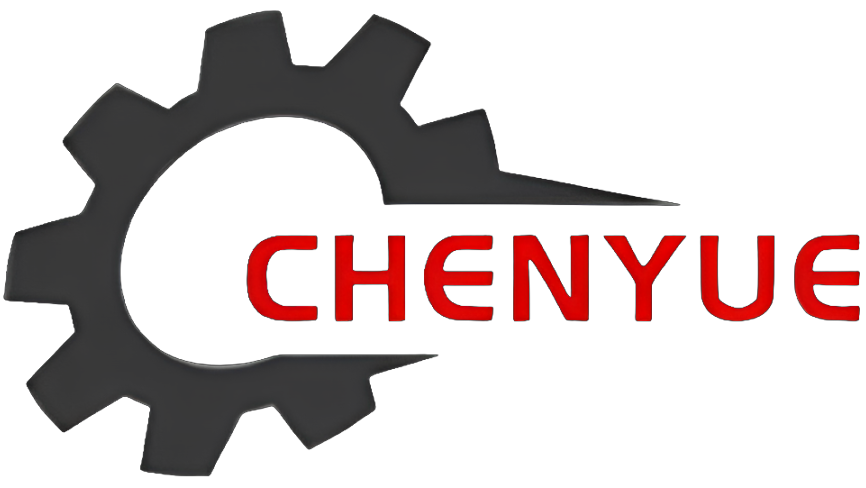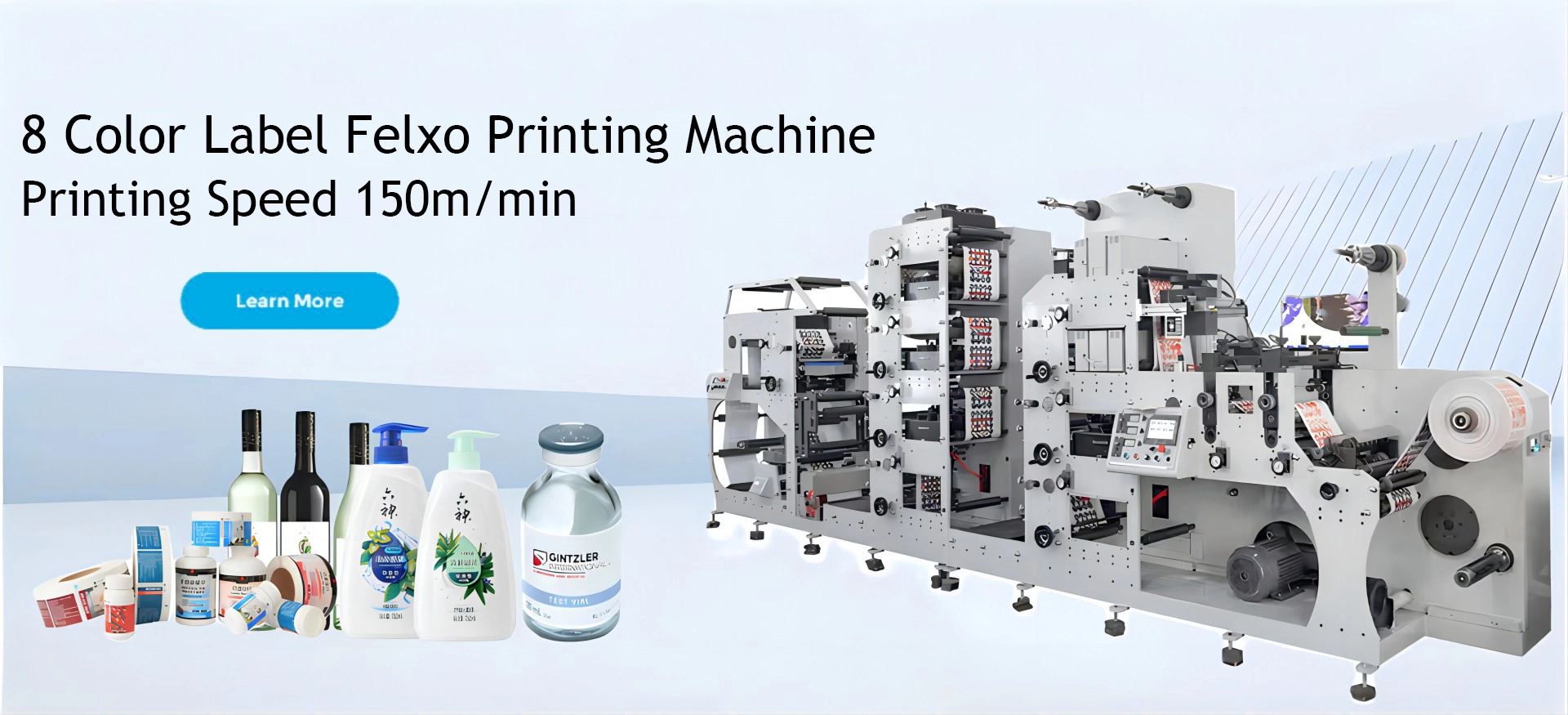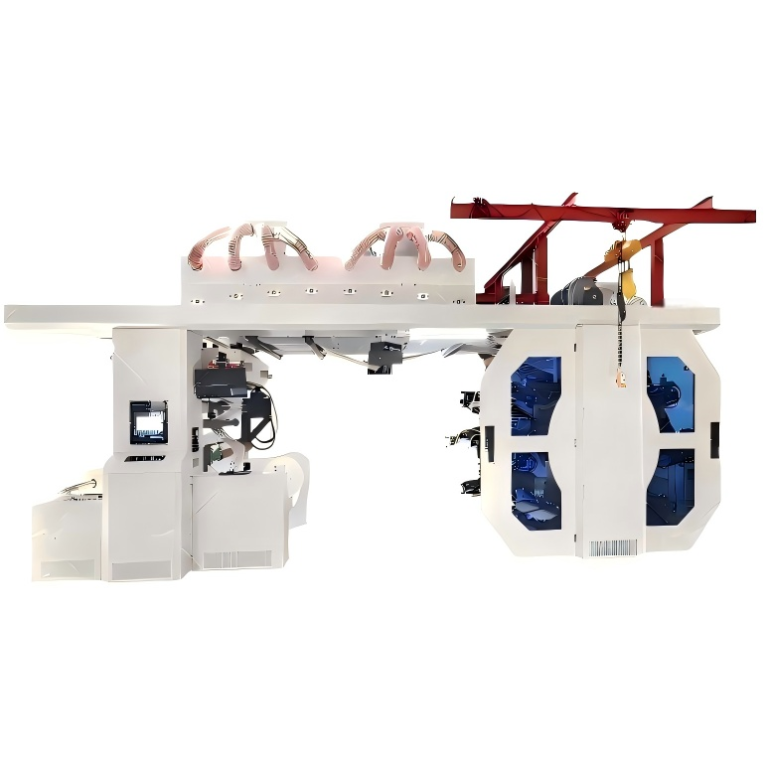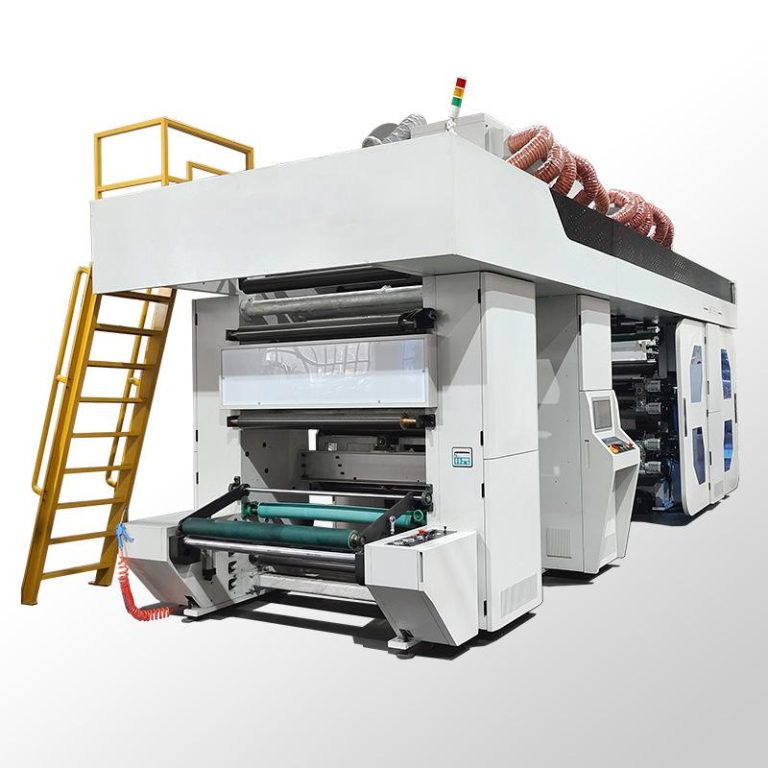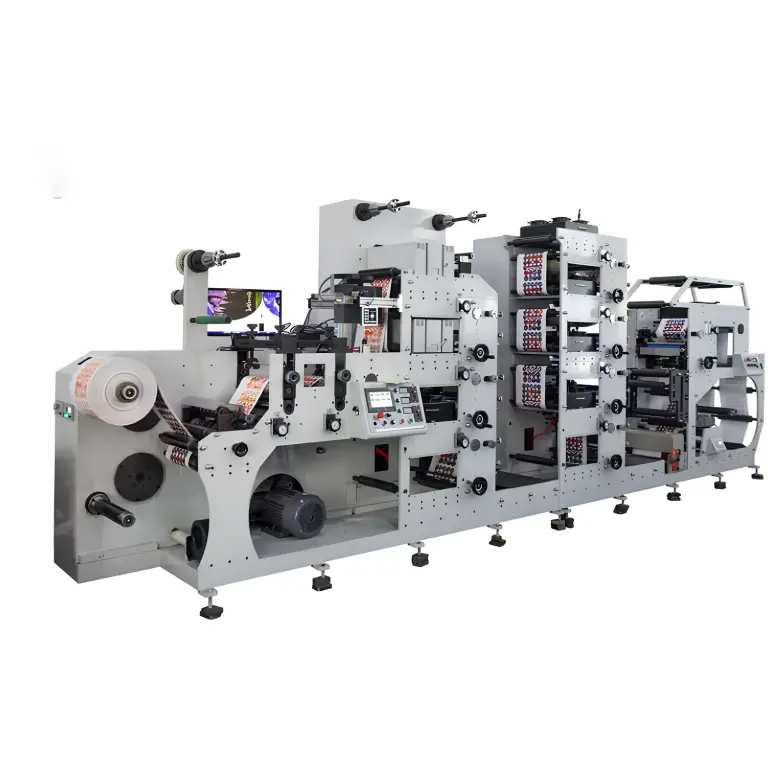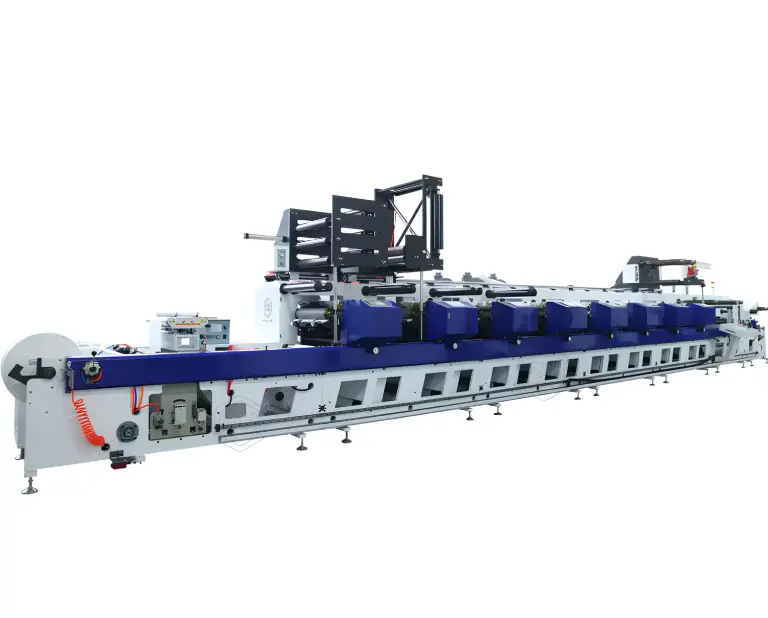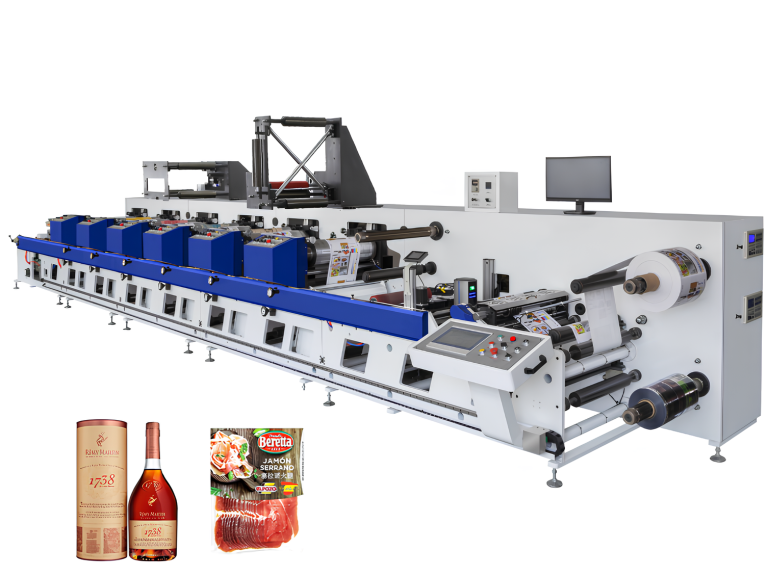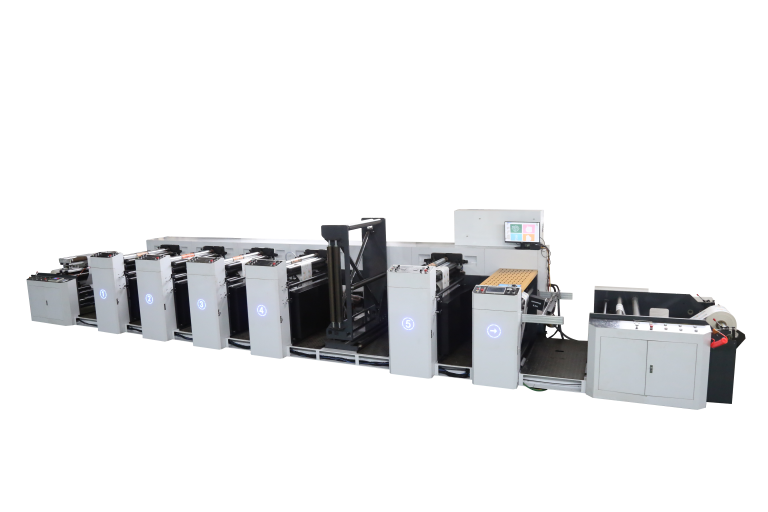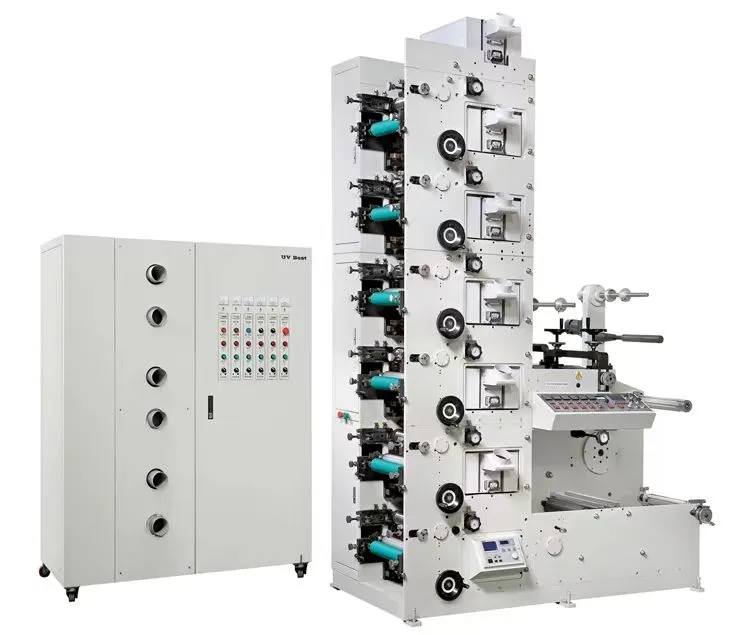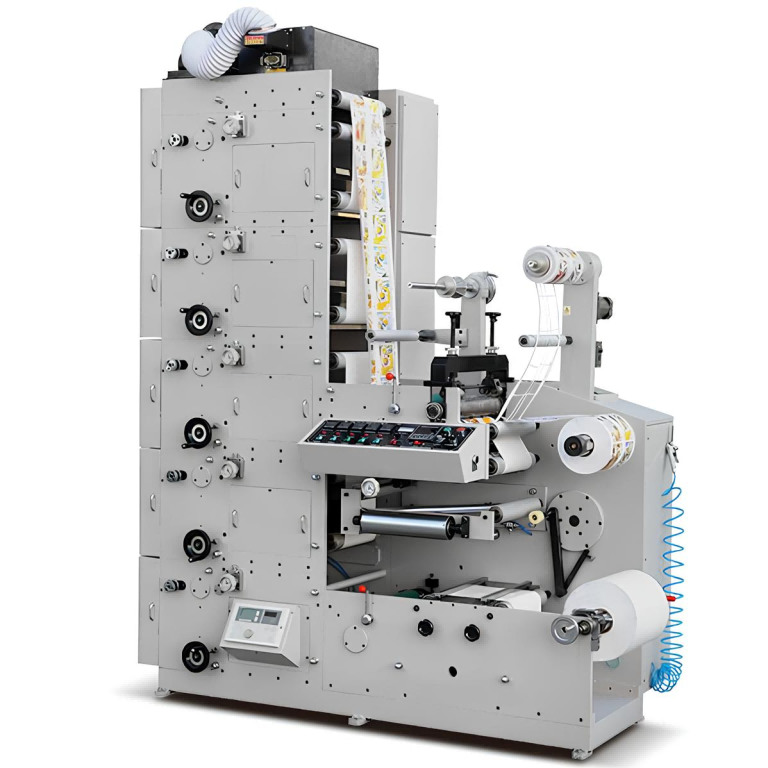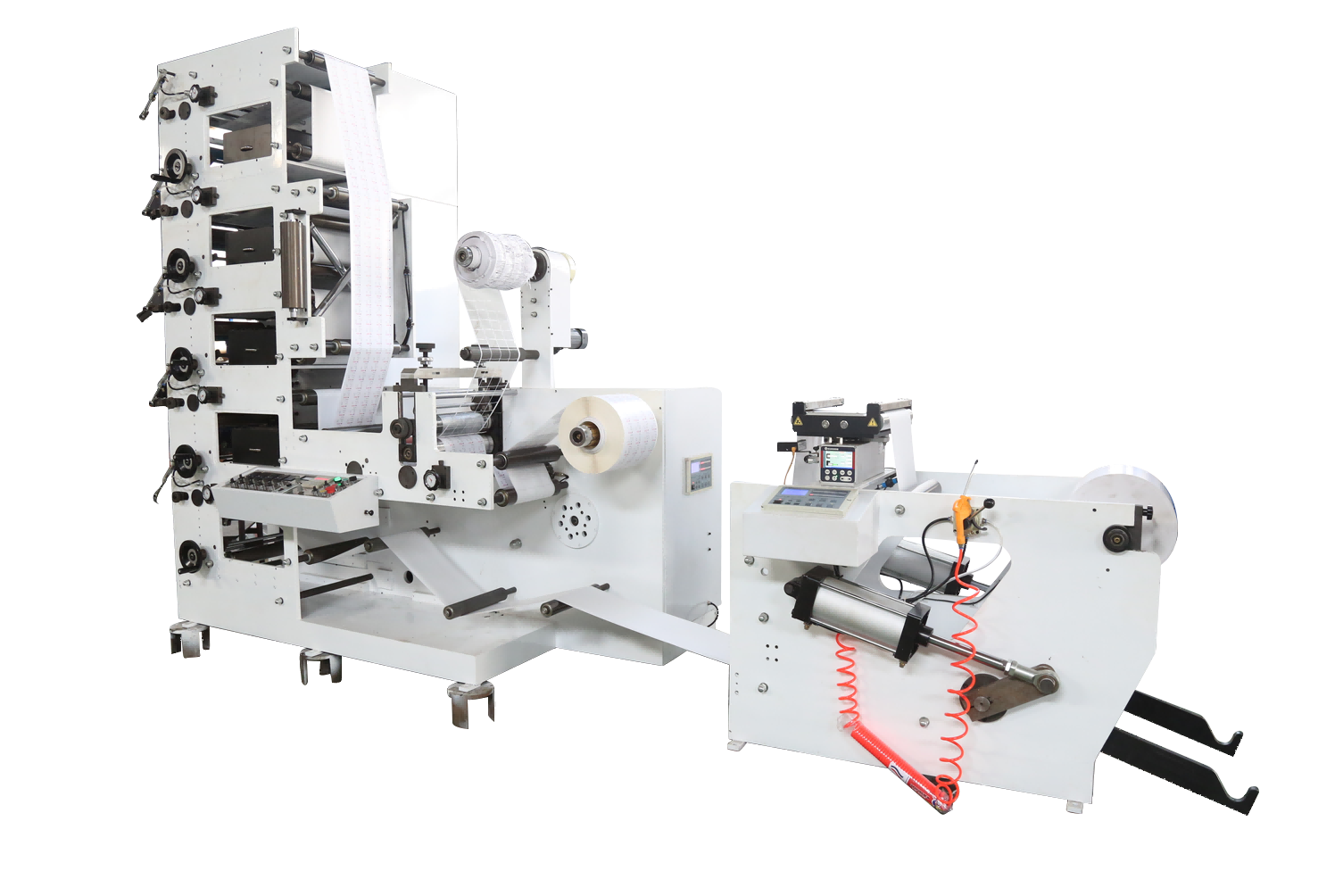Produtos de alta qualidade, tecnologia superb
PRODUTOS QUENTES
Leia MaisSOBRE NOSSA EMPRESA
SOBRE NÓS
- CI Máquina de Impressão Flexográfica

- Pilha de impressão Flexográfica, máquina de

- Etiqueta de impressão Flexográfica, Máquina de


Podemos fornecer o melhor serviço para nossos clientes
Últimas Notícias
Quais são os métodos e Каковы методы и особенности печати самоклеящихся этикеток? de impressão de etiquetas autoadesivas?
Self-adhesive label is a kind of material, also called self-adhesive material. It is a composite material with paper, film or other special materials as the fabric, adhesive on the back, and silicon-coated protective paper as the base paper. Self-adhesive label It is the general name for materials with such properties. Self-adhesive labels are also called self-adhesive labels, instant stickers, instant stickers, pressure-sensitive paper, etc. They are made of paper, film or special materials as the fabric, with an adhesive on the back and a silicon-coated backing paper as the protective paper. Composite materials are made into finished labels after printing, die-cutting and other processing. When applying, you only need to peel it off from the backing paper and apply it to the surface of various substrates with a gentle press. You can also use a labeling machine to automatically label on the production line. So, what are the methods of self-adhesive label printing? What are the characteristics? Printing method one: letterpress printing Manufacturers use letterpress printing to print self-adhesive labels. The printing plate is a photosensitive resin letterpress plate. The printed labels have the advantage of full ink color. However, the grades of letterpress printing equipment vary greatly now, and some still use circular flattening letterpress machines. Some use ordinary rotary letterpress printing machines, and some have adopted professional slant-back, satellite or unit-type self-adhesive label printing machines, so they cannot be generalized during the transformation. Professional self-adhesive printing machines that mainly focus on letterpress printing have the ability to print film labels, but they need to contact the supplier to […]
Leia Mais
qual é a utilidade da prensa flexográfica tipo pilha?
Stack flexo presses, also known as stack flexographic printing machine, are a type of printing press commonly used in the commercial printing industry. These presses are designed to stack printed sheets in an organized manner after the printing process. High-Volume Printing: Stacking presses are often employed in high-volume printing operations where large quantities of printed sheets need to be produced efficiently. The stacking feature helps streamline the printing process by organizing and collecting the printed material.Commercial Printing: Commercial printing applications, such as the production of brochures, catalogs, magazines, and promotional materials, often utilize stacking presses. These presses allow for the rapid printing and stacking of multiple sheets, ensuring productivity in commercial print shops.Automated Printing Lines: Stacking presses are integrated into automated printing lines to enhance efficiency. They work in conjunction with other printing and finishing equipment to create a continuous and automated workflow, reducing manual handling and labor requirements.Paper and Cardboard Printing: Stacking presses are suitable for printing on various materials, including paper and cardboard. They can handle different thicknesses and qualities of paper, making them versatile for a range of printing applications.Book Printing: In book printing, stacking presses are used to efficiently produce large volumes of printed sheets that will later be assembled into books. The organized stacking of sheets facilitates the subsequent binding and finishing processes.Variable Printing: Some stacking presses are designed to handle variable printing, where each sheet may have different content. This is particularly useful in personalized or customized printing applications, such as direct mail campaigns.Sheet Registration and Alignment: Stacking presses often include features for precise […]
Leia Mais
Entenda rapidamente a impressão flexográfica em três minutos.
Flexography (flexography), also often referred to as flexographic printing, is a printing method that uses a flexographic plate to transfer ink through an anilox roller. For flexographic printing, the printing plate generally uses a photosensitive resin plate with a thickness of 1-5mm. Inks are divided into three categories, namely water-based ink, alcohol-soluble ink, and UV ink. Since the inks used in flexographic printing are environmentally friendly, they have been widely used in food packaging printing and have broad prospects. Flexographic printing is a type of relief printing. Application Flexographic printing, offset printing, gravure printing and screen printing are the four most common printing methods in the world, each with its own characteristics and advantages. In countries with developed printing industries such as Europe and the United States, flexographic printing has developed rapidly. Packaging printing has changed from gravure printing and offset printing to flexographic printing. About 70% of packaging materials use flexographic printing. Characteristic Compared with gravure printing, offset printing and traditional relief printing, flexographic printing has its own distinctive characteristics: 1. Low cost. Compared with gravure printing machines and corresponding offset printing machines with the same color group, the price of flexographic printing machines is much lower. In addition, the flexographic printing machine integrates printing, die-cutting, glazing and other processes into one. Multiple processes can be completed at one time, eliminating the need to purchase corresponding post-processing equipment, and has a high return on investment. 2. The equipment is simple. The equipment structure is relatively simple, so the operation is relatively simple and convenient. 3. High efficiency. Flexographic […]
Leia Mais
